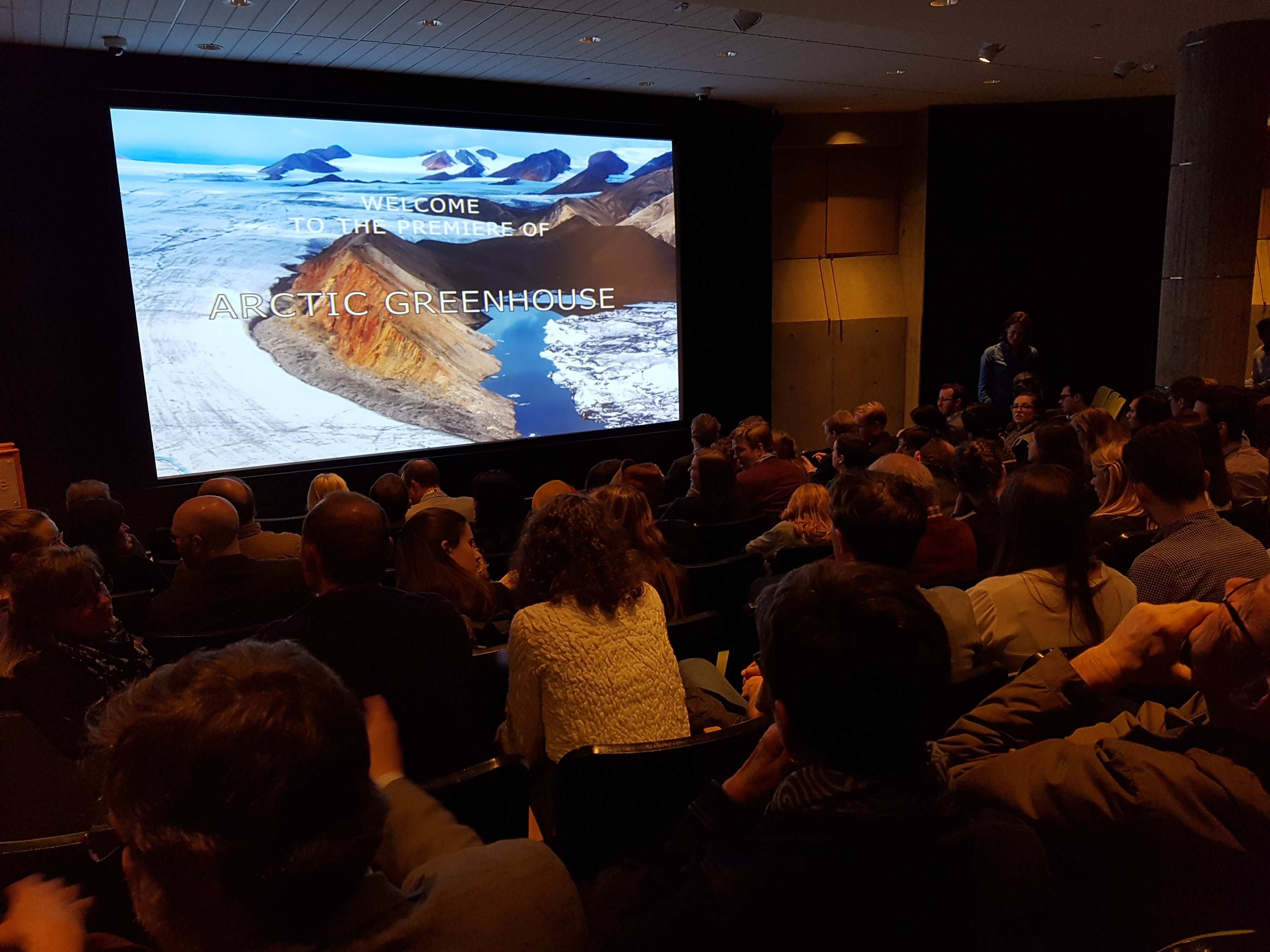
Arctic Greenhouse
How was life on earth thousands or ten thousands of years ago? Which animals lived in the Arctic region? Was there any vegetation?
“Answers are in the stones; they capture history over time,” explains the German-Canadian geologist Dr.Claudia Schröder-Adams.
Researching the North through German-Canadian project
For more than 40 years, Dr. Claudia Schröder-Adams has worked on paleontology, the science of animals and organisms of past geological eras.
“I investigate how life on earth must adapt itself due to environmental changes. The extinction of special species is one example for that,” the geologist describes her research.
The Carleton University professor is originally from Bremerhaven, a small town in North Germany. During her studies, she stayed at a university in Québec for a summer and worked as a student assistant with funds of the German-Canadian exchange service. The 61-year-old researcher remembers: “During that time, my love to Canada began to grow. I knew that I would come back for a longer period.”
So what happened next? She applied for a PhD-position at Halifax’ Dalhousie University and was accepted. Over time, Canada became her new home.
Besides her fascination with Canada’s infinitely great, untouched landscapes, the geologist had a second reason for her local science: the so-called terra incognita.
“Here in Canada, we still have something to research,” says Schröder-Adams. The extreme climate helps to preserve the geological past of the region. This phenomenon is so rare that the only other places on earth where it can be observed are in desert areas. So, Schröder-Adams could probe the entire “Cretaceous period” in rocks.
Together with her team comprised of Jens Herrle from Frankfurt University, Carleton graduate student Alex Quesnel and northern resident Keenan Lindell, the geologist explored Nunavut’s Axel Heilberg und Ellesmere Islands in 2014.

For her, research isn’t only limited to the academic world, it should be accessible to everyone. So, she produced a documentary called “Arctic Greenhouse” (which premiered in January 2017) that features her last trip to the North. The opportunity for everyone to learn something about the Arctic Region was close to her heart, especially for the residents in Northern Canada.
In 2018, Schröder-Adams and her team will start their next expedition, along with a camera to create a new movie. She recently received the Mercator Fellowship, “provide outstanding researchers and practitioners with the freedom they need to pursue exploratory research and work.”